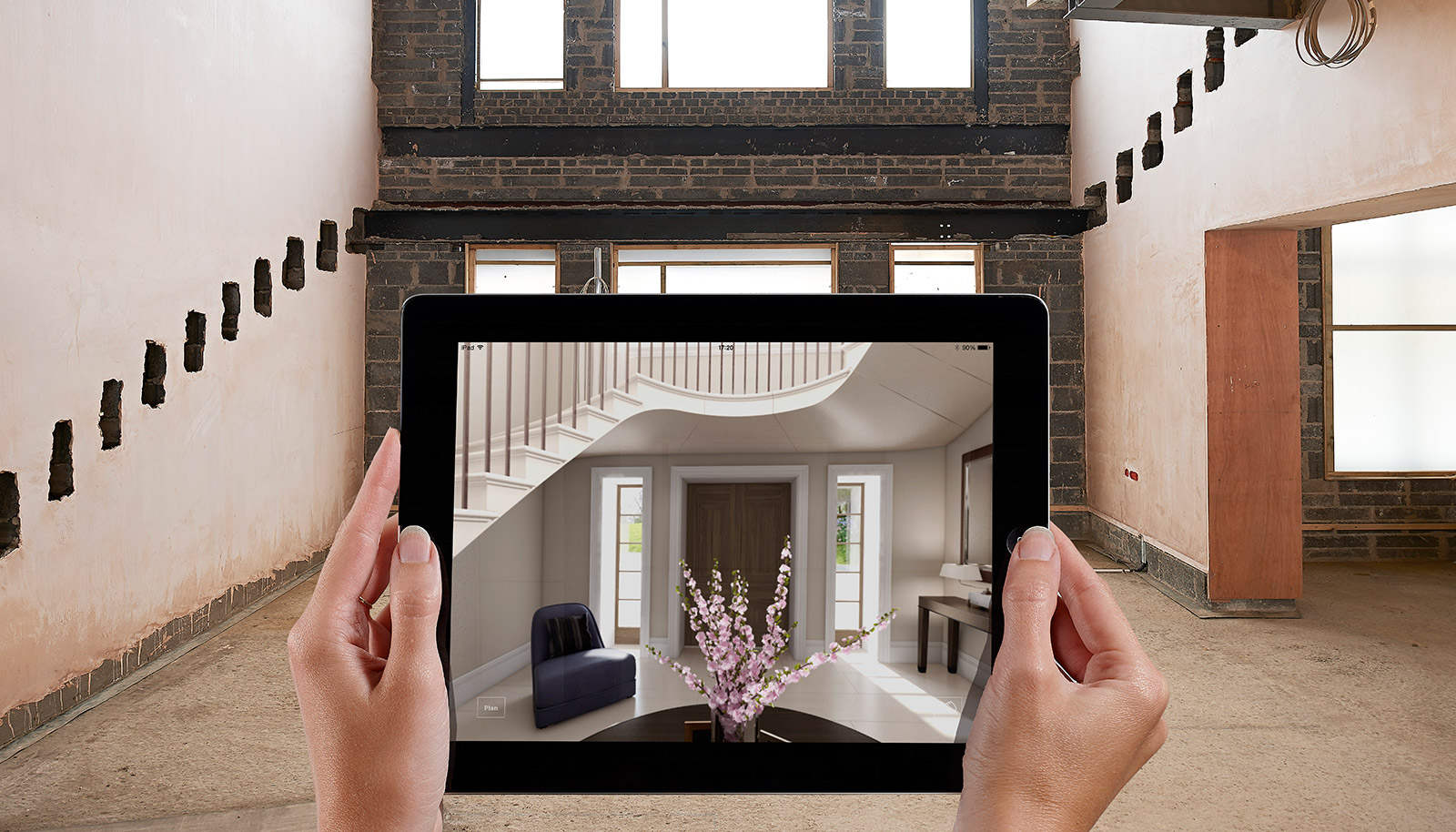Virtual reality is proving to be a game changer in the construction and remodeling industry, and is quickly demonstrating how essential it will be throughout the industry in the near future. From streamlining decisions to improving productivity, construction quality, and enhancing customer’s experience, the benefits offered by virtual reality are endless.
Constructors have been using virtual reality to improve construction design, workers’ safety, and to avoid costly overruns. While previously virtual reality was limited for entertainment purposes, construction professionals are implementing this technology to achieve success in their industry. No longer a distant dream, virtual reality is here and is quickly becoming our reality in todays workplace.

Here are a few uses of virtual reality that can help enhance the construction process.
- Include Comprehensive Details
As every construction project is different, contractors never had it easy to create a detailed model of the project. But virtual reality is changing the scenario as sharing the prepared models across different teams and keeping them updated on relevant changes is becoming easier.Previously, it was a tedious task to create a 3D model of the site. The models created were at times inaccurate and lacked details. But virtual reality came as a boon for the construction industry. State of the art 3D modeling software now available, makes it possible to have a detailed and accurate model quickly along with offering the ease of sharing it between different teams. This essentially means, an architect from his home can virtually walkthrough a new project with the engineer to ensure the design meets current code standards in the city the project is being built. Then, both can include the contractor/builder of the project who can alert them to any possible challenges in the building process foreseen within the design; quickly making modifications as they move along.
Armed with virtual reality, teams living in different cities or states can coordinate perfectly and walk through a site while examining the project details in real time. This can not only shorten build time, but also eliminate cost overruns associated with delays and needless changes to original permitted prints.
- Safety and Training
Virtual reality and video learning applications are increasingly used in the construction industry to train contractors and workers in the field. Constructing buildings often involves high-risk factors; thus, quality training is vital to prepare workers for work in a high-risk environment in an effort to avoid unnecessary accidents. Accidents which could prove costly to the contractor’s bottom line if insurance premiums and/or fines chip away at the builder’s profit margins.Construction workers who operate equipment require continuous training and work site guidance in order to reduce the possibility of injuries due to ill-handling of said equipment. Therefore, virtual training programs are continuously being developed to help make safety training cost effective for employers, and easily accessible to employees. These VR training programs are proving to be invaluable for companies as they provide much needed trial-and-error scenarios to trainees for real-world practice purposes, reducing both on-site injuries and the costs associated with them.
Virtual reality training has also proven to be valuable for larger companies who have a footprint overseas. VR training programs make it easy to train valuable assets abroad in real time along with local staff, so as to eliminate travel expenses and wasted time.
- Enhanced Customer Experience
During the construction process, a lack of collaboration and cooperation is a common cause of frustration between homeowners and a construction company. While previously clients warily trusted the company and tried to not bother by visiting the site too frequently, virtual reality is making it easy to check the progress of their investment at anytime.Instead of construction drawings and occasional visits, customers can explore the virtual reality model of their project and see what the final product will look like. This empowers home buyers to make the right choices and feel at ease with their investment.
During the construction process, 3D models of the project make it easy for customers to keep track of the project’s progress and see whether the project is progressing as planned or not. When something seems off-track, the client can collaborate with the contractor in the VR environment and address the concerns right away.
Time To Decide
VR technology is improving the way people plan, collaborate and build their homes. With virtual reality finding its way to training, construction and design industries, it will mostly certainly continue to change and improve the the construction process as we know it today.
As virtual reality has begun to impact and change the construction industry,
At IB Homes, we have realized the impact virtual reality is having in our industry. As such, we are continuously looking for ways to incorporate VR processes in our current business model. Whether it be for new construction or remodeling and design projects, our goal is to make our client’s experience with IB Homes a pleasant one. By providing our staff with the tools they need, we believe we can guide our clients through every step of their project to make sure we build them the perfect home.
Want IB Homes to build your dream home in Southwest Florida, or remodel your current home? Call and speak to one of our experts today.
Get in touch with us at [email protected] or give us a call at (239) 205-5976 and experience the Florida lifestyle in a new home by IB Homes.

